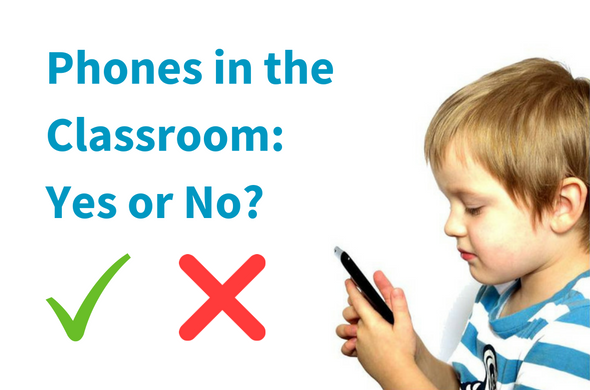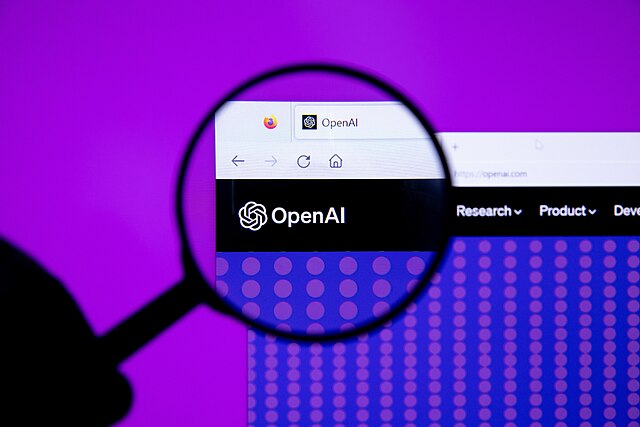I think that us high school students should be allowed to have our phone on us no matter the time or period. I understand if we are on it 24/7 but most students aren’t. What if we have all of our work done for every single class and we have nothing to do or if it’s an emergency.
Some students have medical problems that need to be discussed with a parent or guardian or someone who they trust other than people at school whom they might not feel comfortable talking to. School administrators may not be the best people to talk to if the student doesn’t feel comfortable with them or trust them.
There may be a family problem going on at home or with a loved one and needs to stay in contact with the person or someone who’s in contact with a loved one. There could be a serious issue with someone who needs immediate attention.
Kids should have their phone in case of a school emergency. Like what if an intruder breaks in and they need to call their mom or dad or even just a loved one to say what’s going on or to even say bye for the last time. School can’t help with everything. What if a girl had lady things going on for the first time or if she didn’t notice it was happening
Kids could use their phones as an easier and fast access to an app. Having a phone can allow them to be faster with calculating a math problem, read out loud the question to them and many more. Phones can serve as valuable tools for research, accessing educational apps, and engaging in interactive learning experiences.
By allowing phones in class, students can develop essential digital skills and learn how to use technology responsibly and effectively. Students could lean how to use their phones when its reasonable in school and effectively so that way they have a reason to be on it during school but also paying attention
Phones facilitate instant communication with teachers and peers, enabling better collaboration on projects and assignments. Students can form study groups or discuss projects in real-time through messaging apps, fostering a sense of community and collaboration. Platforms like Google Docs or Microsoft Teams allow students to work on projects simultaneously, fostering teamwork and shared responsibility.
Real-time Feedback:
Phones allow for immediate feedback on assignments or projects, fostering a more dynamic learning environment. Very fast feedback is always good so you can get it done faster and it’ll be turned in on time
Sharing Resources and Ideas:
Students can easily share documents, presentations, and other resources with their peers through messaging apps or cloud-based platforms. Gmail is way faster through phones with just a few clicks
Video Conferencing for Group Projects:
Video conferencing apps like Zoom or Microsoft Teams facilitate virtual meetings and discussions, making it easier for students to collaborate on projects remotely. Easier to talk and answer the call. Also faster notifications so you can answer the call faster when on a computer you might miss the call
Instant Feedback:
Students can provide and receive real-time feedback on each other’s work using messaging apps or collaborative tools, fostering a culture of continuous improvement. Working with someone and waiting for feedback might be a long wait for them to answer from their laptop or chrome-book because messages don’t pop up like it does on a phone. Answering is a lot easier and faster on a phone than a computer.
Access to Educational Resources:
Students can use their phones to access online resources, educational apps, and simulations, enhancing their learning experience. Their chrome-book or lap top might not be working and they also might not have it on paper so students could also access it on their phones.














